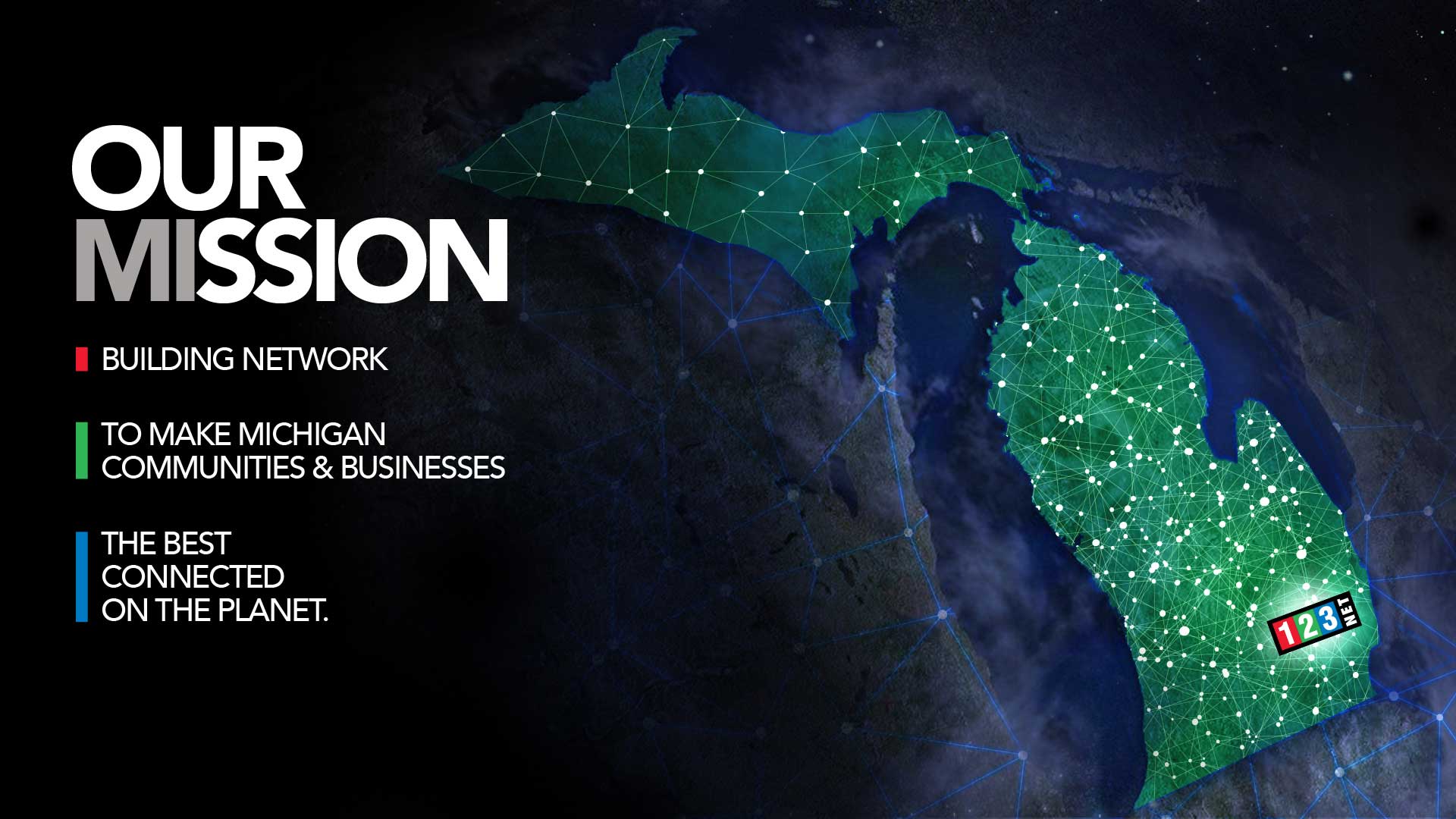
Introduction
Unified Communications as a Service (UCaaS) marks a significant transformation in business communication strategies, transitioning from traditional, siloed methods to a more integrated, cloud-based approach. This evolution offers a unified platform that amalgamates voice, video, text messaging, and file sharing, enabling seamless collaboration across teams and departments. Central to this revolution is Microsoft Teams, a premier UCaaS solution that has fundamentally altered the landscape of workplace communication. With its inception, Microsoft Teams has brought about a convergence of diverse communication tools into a single, unified platform, streamlining processes and fostering a more collaborative and efficient work environment.
This consolidation has not only simplified the user experience but also significantly enhanced organizational productivity and collaboration. Moreover, by leveraging the cloud, Microsoft Teams reduces the need for extensive physical infrastructure, thereby lowering operational costs and offering scalability to accommodate business growth. In essence, Microsoft Teams exemplifies the shift towards more agile, responsive, and connected business communication practices, positioning itself as an indispensable tool in the modern digital workplace.
Evolution of UCaaS Microsoft Teams
In today’s digital era, the demand for a cohesive, adaptable communication platform has propelled Microsoft Teams to the top of the Unified Communications as a Service (UCaaS) industry. Emerging in response to the need for digital collaboration tools, Microsoft Teams has undergone significant evolution. It now integrates a wide range of UCaaS features, becoming a key component of workplace communication and collaboration. This evolution has transformed the way teams interact, removing the obstacles of physical distance and creating a more connected, efficient working environment.
Microsoft Teams’ shift from a simple chat app to an extensive UCaaS platform demonstrates its flexibility and commitment to addressing the needs of the contemporary workplace. By incorporating video conferencing, file sharing, and comprehensive integration with other productivity tools, Microsoft Teams has expanded its utility. It now meets a vast array of communication needs. These enhancements not only boost its functionality but also highlight its crucial role in facilitating digital transformation within organizations worldwide. Through ongoing innovation, Microsoft Teams has established itself as a fundamental tool in the digital office, helping businesses navigate modern communication and collaboration challenges with increased flexibility and efficiency.

How it Stands Out
Microsoft Teams stands out in the Unified Communications as a Service (UCaaS) market. It offers a range of comprehensive communication tools tailored to modern business needs. Teams’ core features include instant messaging, voice and video calls, and virtual meetings. These enable real-time collaboration, regardless of location. Such immediacy and flexibility are essential for fostering a cohesive, responsive work environment. Besides its core features, Microsoft Teams excels in collaboration. It provides extensive file sharing options and co-authoring features. These enable multiple users to work on documents simultaneously. Teams’ deep integration with Office 365 further enhances collaboration efficiency. Users can access, share, and edit Word documents, Excel spreadsheets, and PowerPoint presentations within the Teams interface. This streamlines workflow and boosts productivity.
Moreover, Microsoft Teams’ adaptability is showcased through its compatibility with a plethora of third-party applications. This openness enables businesses to tailor their Teams environment to their specific operational needs, integrating tools ranging from project management software to customer relationship management (CRM) systems, thereby creating a truly unified workspace.
Security and compliance are also cornerstone features of Microsoft Teams. Recognizing the critical importance of data protection and privacy in today’s digital landscape, Teams is built with enterprise-grade security measures. These include end-to-end encryption for communications, multi-factor authentication for user access, and advanced compliance protocols that meet global standards. Microsoft Teams offers comprehensive security features to protect sensitive information. This gives businesses peace of mind and maintains their reputation with clients and partners. With these multifaceted features, Microsoft Teams becomes a top UCaaS platform. It provides unmatched versatility, security, and collaboration tools. This empowers businesses to tackle the challenges of modern communication and collaboration effectively.
Benefits of Using Microsoft Teams
Microsoft Teams, as a Unified Communications as a Service (UCaaS) platform, brings numerous benefits that boost organizational efficiency and teamwork. A key advantage is the marked improvement in collaboration and productivity. Through its integrated messaging, video meetings, and file-sharing features, Microsoft Teams enables a fluid exchange of information and ideas. It keeps team members well-connected and collaborating effectively, no matter where they are located.Additionally, Microsoft Teams stands out for its scalability and adaptability, making it a perfect choice for companies of all sizes and sectors. It suits everyone from small startups to large corporations, allowing organizations to tailor their use to current requirements. This adaptability avoids the complexities and expenses tied to traditional communication systems. As businesses expand, their communication infrastructure can evolve alongside them seamlessly, eliminating the need for disruptive or expensive updates.
In addition to operational efficiencies, Microsoft Teams also offers significant cost savings. By consolidating various communication tools into one platform, businesses can reduce or eliminate the expenses associated with maintaining multiple systems. This consolidation not only simplifies IT management but also lowers overall investment in communication technologies. Furthermore, Microsoft Teams enhances security and data protection measures, providing businesses with a robust defense against cyber threats. With advanced security protocols and compliance standards built into the platform, organizations can trust that their data and communications are protected, further reducing potential costs related to data breaches or compliance violations.
Overall Benefit
Overall, the benefits of using Microsoft Teams for UCaaS are clear. It not only streamlines communication and collaboration across an organization but also offers a scalable, cost-effective, and secure solution that meets the demands of the modern digital workplace.
The National Telecommunications and Information Administration (NTIA), a key player in this arena. This team provides indispensable support to communities, guiding them in formulating and executing digital inclusion strategies. By dispensing resources such as the “Connectivity with a Purpose” guide, the NTIA enables cities to craft digital inclusion plans.
Implementing Microsoft Teams as a UCaaS Solution
Implementing Microsoft Teams as a Unified Communications as a Service (UCaaS) solution is strategic. It requires careful planning and preparation. For smooth integration into your organization’s digital ecosystem, start with a detailed assessment of your current infrastructure. This review will uncover any compatibility issues. It also helps figure out the adjustments needed to effectively adopt the new UCaaS platform.
Adhering to best practices for deployment is critical for a smooth transition to Microsoft Teams. This includes developing a comprehensive deployment plan that outlines each phase of the implementation process, from initial setup to full-scale rollout. Ensuring that your IT team is fully prepared to support the new system is another vital step. This preparation might involve specific training on Microsoft Teams’ administration features and troubleshooting common issues.
Providing training and support for end-users is equally important. Tailored training sessions can help users become familiar with Microsoft Teams’ features and functionalities, ensuring they can leverage the platform to its full potential from day one. Creating user guides, hosting Q&A sessions, and establishing a helpdesk for ongoing support can further ease the transition and encourage user adoption.
Post-deployment, it’s crucial to continuously monitor and manage the UCaaS environment to maintain optimal performance. Regularly reviewing usage patterns, user feedback, and system analytics will help identify any areas for improvement or necessary adjustments. Addressing issues promptly and making iterative improvements will ensure that Microsoft Teams continues to meet your organization’s communication and collaboration needs effectively.
By following these structured steps and focusing on both the technical and human aspects of implementation, organizations can unlock the full potential of Microsoft Teams as their UCaaS solution, fostering a more connected, productive, and efficient workplace.

Challenges & Considerations
Adopting Microsoft Teams as a Unified Communications as a Service (UCaaS) solution presents a transformative opportunity for organizations. However, this transition is not without its challenges and considerations that need to be meticulously addressed to ensure a successful implementation. One of the primary hurdles is ensuring compatibility with existing infrastructure. Organizations often operate with a complex web of legacy systems and software, making it imperative to assess and possibly upgrade these systems to ensure seamless integration with Microsoft Teams. This process can involve significant time and resources, highlighting the importance of thorough compatibility checks and planning.
Managing organizational change effectively is another significant challenge. The shift to a new UCaaS platform like Microsoft Teams requires buy-in from all levels of the organization. Resistance to change is a common human response, and overcoming this requires a strategic approach to change management. This includes clear communication of the benefits, comprehensive training programs, and ongoing support to ease the transition for employees. Ensuring that everyone is on board and competent in using the new system is crucial for maximizing the benefits of Microsoft Teams.
Security and compliance present ongoing challenges in the digital age, and Microsoft Teams is no exception. Protecting sensitive communication data within the platform requires adherence to stringent security protocols and compliance standards. Organizations must navigate these requirements diligently, implementing robust security measures. This ensures that data handling within Microsoft Teams aligns with regulatory obligations. This aspect is particularly critical for industries subject to specific compliance standards. Examples include healthcare and finance, where the stakes for data protection are exceptionally high.
How to Address:
Addressing these challenges head-on is essential for organizations to fully leverage the potential of Microsoft Teams as a UCaaS solution. By carefully planning for compatibility, managing the change process effectively, and prioritizing security and compliance, businesses can overcome these hurdles and harness the power of Microsoft Teams to transform their communication and collaboration landscape.
Conclusion
In conclusion, Microsoft Teams signifies a major change in workplace communication. It embodies the essence of Unified Communications as a Service (UCaaS). It enhances productivity, fosters unparalleled teamwork, and upholds strict security and compliance norms. Since its inception, it has evolved into a major force in the UCaaS arena. This evolution demonstrates a commitment to innovation and adapting to the modern workplace’s shifting needs. Microsoft Teams provides a variety of features. These include comprehensive communication tools and robust security measures. Thus, it’s more than just a tool. It’s a complete solution for the intricate requirements of contemporary businesses.
Adopting Microsoft Teams brings significant advantages, including scalability for growth, cost savings that benefit the bottom line, and a secure framework for safeguarding critical information. Yet, achieving these advantages requires overcoming hurdles related to compatibility, change management, and upholding security and compliance standards.
As we look towards the future, the role of Microsoft Teams in enabling effective communication and collaboration is undeniable. It has become an indispensable asset for businesses aiming to maintain a competitive edge in a digital-first world. By leveraging the strengths of Microsoft Teams and addressing its implementation challenges, organizations can achieve a level of communication excellence and operational efficiency that was once beyond reach. In essence, Microsoft Teams is not just shaping the future of workplace communication—it’s setting the standard.
FAQ Section
- What makes Microsoft Teams a comprehensive UCaaS solution? Microsoft Teams delivers an all-in-one platform for communication and collaboration. It integrates with essential productivity tools and offering robust security features.
- How does Microsoft Teams integrate with existing productivity tools? Teams seamlessly integrates with Office 365 applications. It also supports third-party integrations, enhancing its utility as a central hub for workplace collaboration.
- Can Microsoft Teams replace traditional phone systems? Yes, Microsoft Teams can replace traditional phone systems by utilizing its VoIP capabilities. This offers a modern, integrated communication solution.
- What are the security features of Microsoft Teams? Microsoft Teams includes end-to-end encryption, multi-factor authentication, and compliance with global security standards. These security features ensures a secure communication environment.
- How to ensure a successful deployment of Microsoft Teams? Successful deployment involves careful planning, compatibility checks, user training, and ongoing management.




